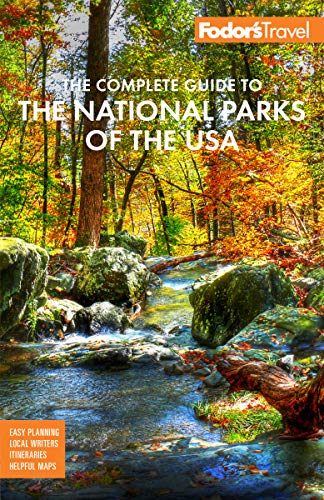Car Travel
The Nisqually entrance is on Highway 706, 14 miles east of Route 7; the Ohanapecosh entrance is on Route 123, 5 miles north of U.S. 12; and the White River entrance is on Route 410, 3 miles north of the Chinook and Cayuse passes. These highways become mountain roads as they reach Rainier, winding up and down many steep slopes, so cautious driving is essential: use a lower gear, especially on downhill sections, and take care not to overheat brakes by constant use. These roads are subject to storms any time of year and are repaired in the summer from winter damage and washouts.
Side roads into the park's western slope are narrower, unpaved, and subject to flooding and washouts. All are closed by snow in winter except Highway 706 to Paradise and Carbon River Road, though the latter tends to flood near the park boundary. (Route 410 is open to the Crystal Mountain access road entrance.)
Park roads have a maximum speed of 35 mph in most places, and you have to watch for pedestrians, cyclists, and wildlife. Parking can be difficult during peak summer season, especially at Paradise, Sunrise, Grove of the Patriarchs, and at the trailheads between Longmire and Paradise; arrive early if you plan to visit these sites. All off-road-vehicle use—4X4 vehicles, ATVs, motorcycles, snowmobiles—is prohibited in Mount Rainier National Park.




